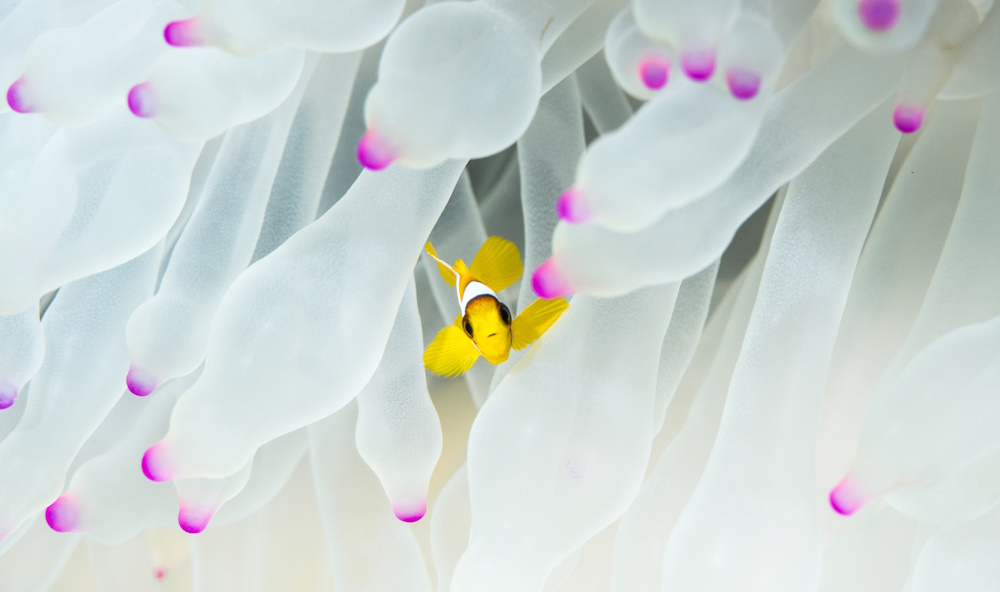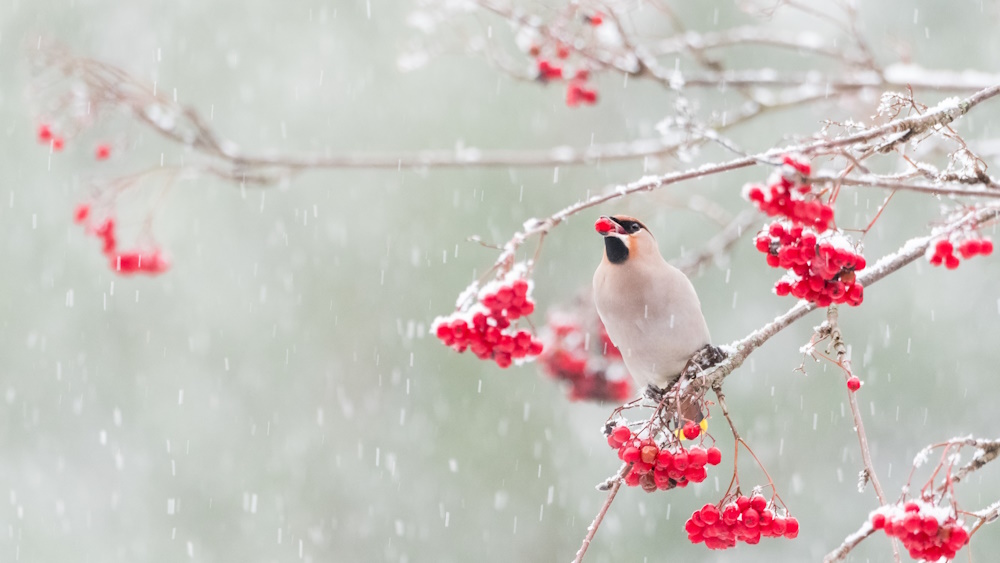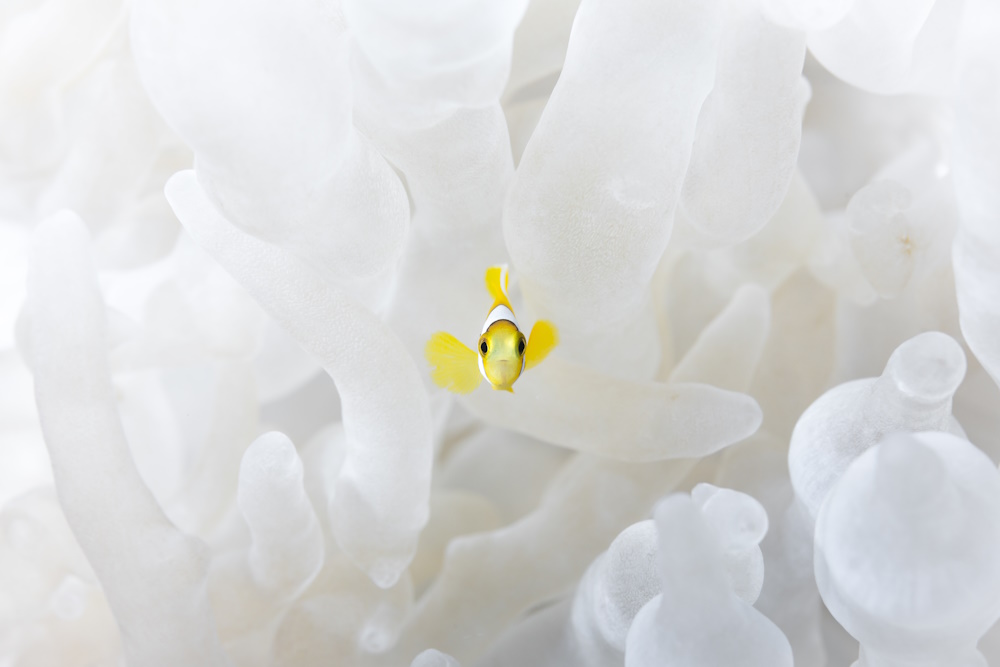Ecology and Environmental Science 2017
Shortlisted entries in the Ecology and Environmental Science category from the 2017 Royal Society Publishing Photography Competition.
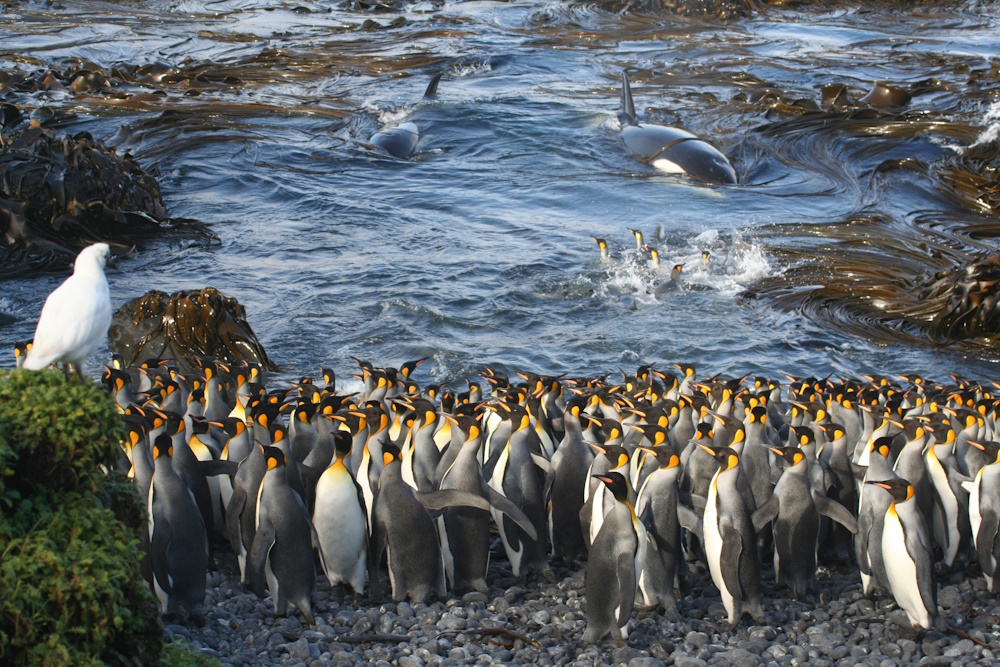
Category winner "Waiting in the shallows." by Nico de Bruyn. Killer whales suddenly enter a small bay at Subantarctic Marion Island, surprising a small huddle of King Penguins busy preening themselves in the water. The penguins on the beach in the foreground are focused on this sudden danger, while an endemic Lesser Sheathbill surveys the colony for edible tidbits, totally unconcerned with the appearance of the killer whales. I was busy censusing elephant seals further up the beach when the sudden splashing by the penguins alerted me to the killer whale appearance. On an island filled with life and with the opportunity for incredible wildlife sightings, you learn to keep your camera close at hand. Your good fortune in getting a good photograph is only surpassed by your constantly developing skill of retrieving the camera from within its waterproof layers! This photo was taken with an old Canon EOS350D, at a focal length of 55mm (Canon standard lens), Exposure time 1/200 with f-stop f/7.1 at an ISO speed of 200.
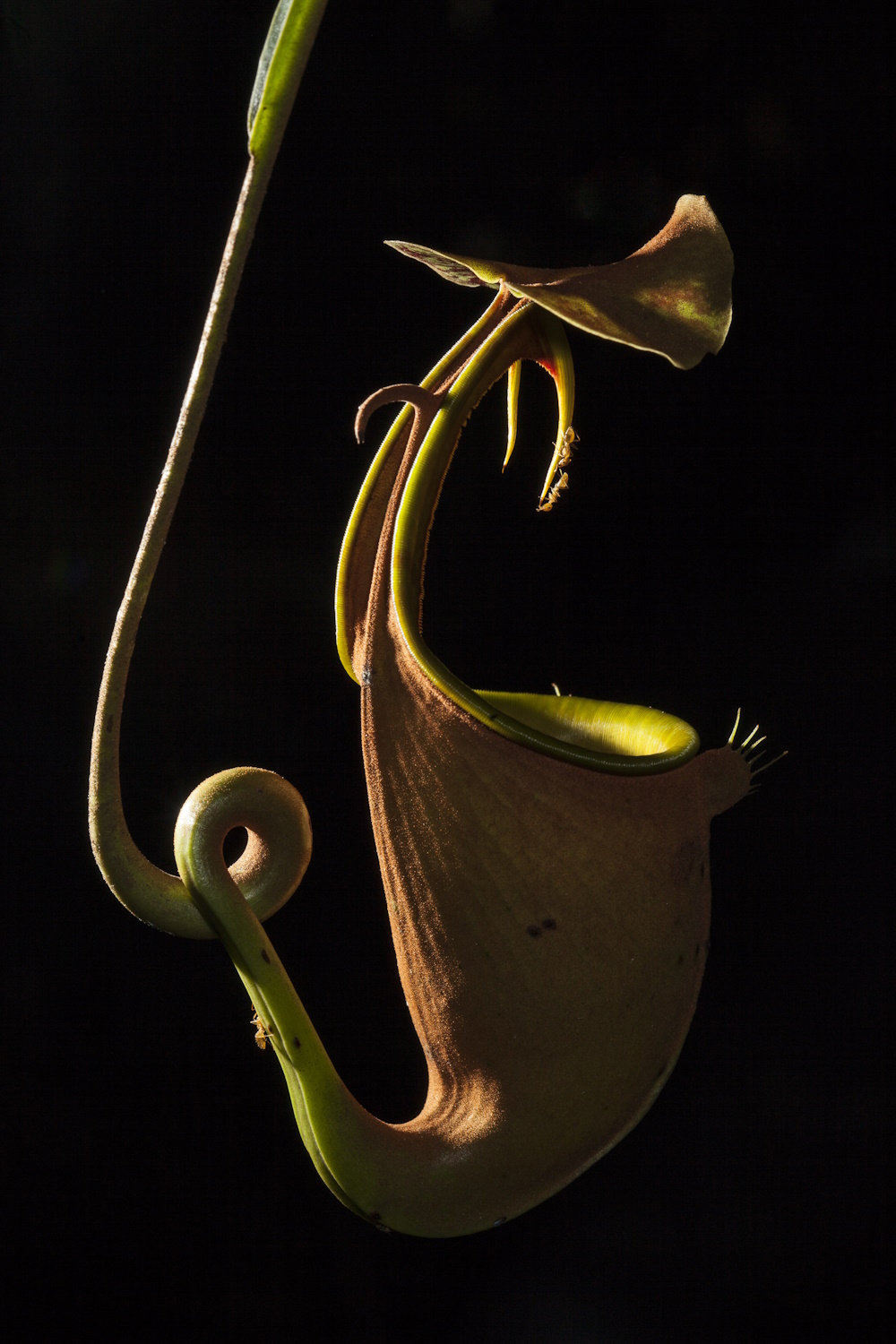
Runner up "Invincible ants." by Thomas Endlein. Pitcher plants are carnivorous plants, which draw nutrients from trapped and digested insects. The species shown here (Nepenthes bicalcarata) secretes sweet nectar on the rim and fang-like structures, which are very slippery for most insects except for one specialised ant (Camponotus schmitzii). The ants live in the curled hollow tendrils of the plant and manage to climb in and out of the pitcher without any difficulties to steal a bit of nectar, as shown here. Moreover, the ants can even swim in the digestive fluid to feed on trapped insects. It is still not fully understood what the benefits are for the plant and how the ants can cope with the slippery surfaces. Canon EOS 5DM2 with 2.8/100mm macro lens and macro twin flash; 1/60sec and f16 at ISO 100. Processing used: slight increase of exposure (+0.3stops) and added clarity (+23) in Adobe Lightroom.
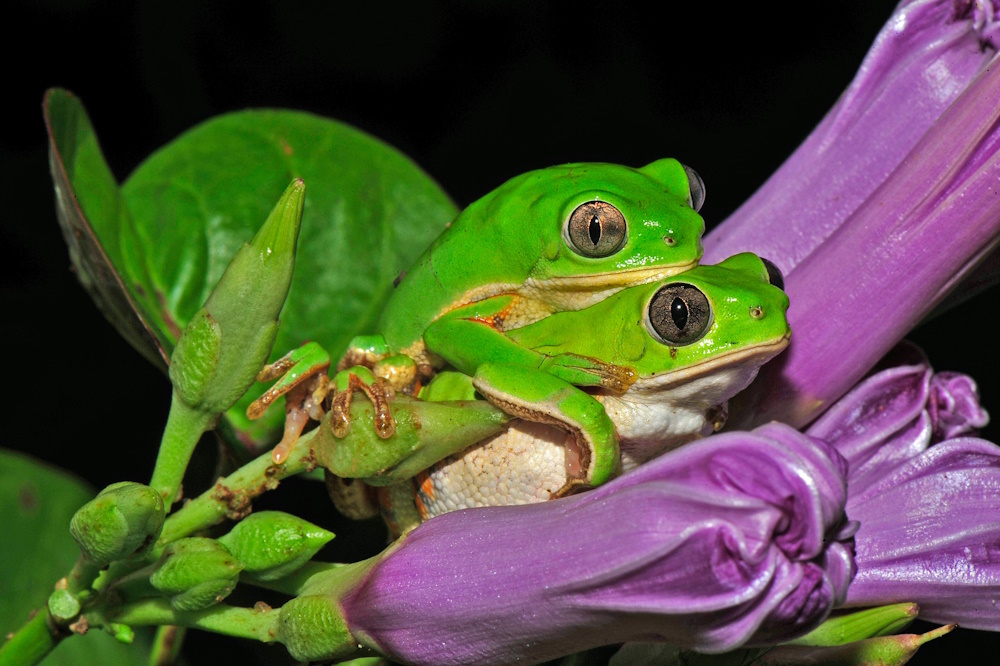
Honourable mention "The rainy season, the green tree frog and the maintenance of life." by Carlos Jared. The small tree frog Phyllomedusa nordestina lives in the Brazilian semi-arid desert (Caatinga) and remains, at least for 8 months of the year, totally hidden, protecting itself against desiccation. Early in the year, after the first summer rains, the dry, brown and cactaceous landscape of the Caatinga gives rise to a magnificent green scenario, awaking the dormant flora and fauna. The apparent fragile tree frogs follow this same tendency and change their usual brownish colour to the fresh summer green. With this new garment, they mate within the flowers and leaves that also colour the scenario, often (as in this case), with natural pomp. Reproduction usually occurs in puddles or on the shores of small temporary swamps. Everything must be very fast because drought will ruthlessly return. Camera: Nikon D3 Lens: AF-S VR Micro-Nikkor 105 mm. ISO 250, f/45, 1/60. Flash: Nikon R1C1 wireless close-up speedlight.
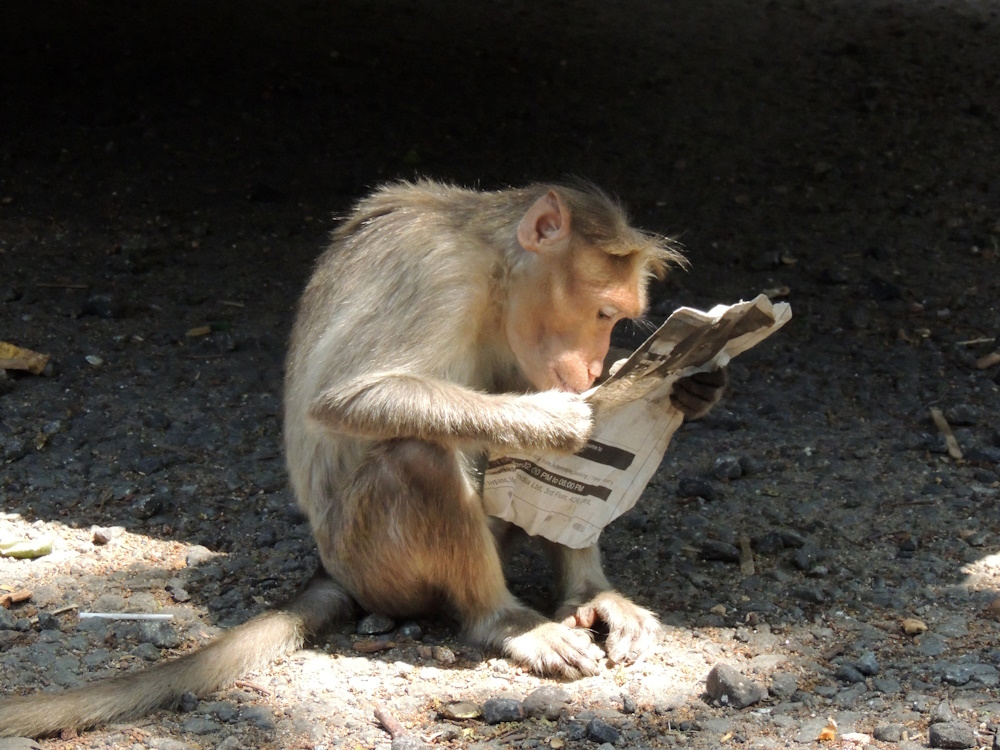
Shortlisted "Keeping up." by Pooja Dongre. Bonnet macaques (Macaca radiata), endemic to the south of India, are increasingly taking advantage of human activities, in similar style to the notorious Rhesus macaques (Macaca mulatta) of the north. Bruce is, of course, not reading the inappropriately discarded newspaper, but licking delicious fast-food from its surface. Anthropogenic foraging can damage the health of individuals as well as the local ecosystem, for example, by introducing harmful additives to the diet and reducing pollination of fruiting trees. Local people also suffer property damage and food-contamination from the activities of invading monkeys, often attracted by easily accessible food waste. Proper waste-management is one solution that can directly benefit humans economically, whilst reducing environmental pollution and the spread of disease. Nikon Coolpix P510, and the only processing was a contrast adjustment.
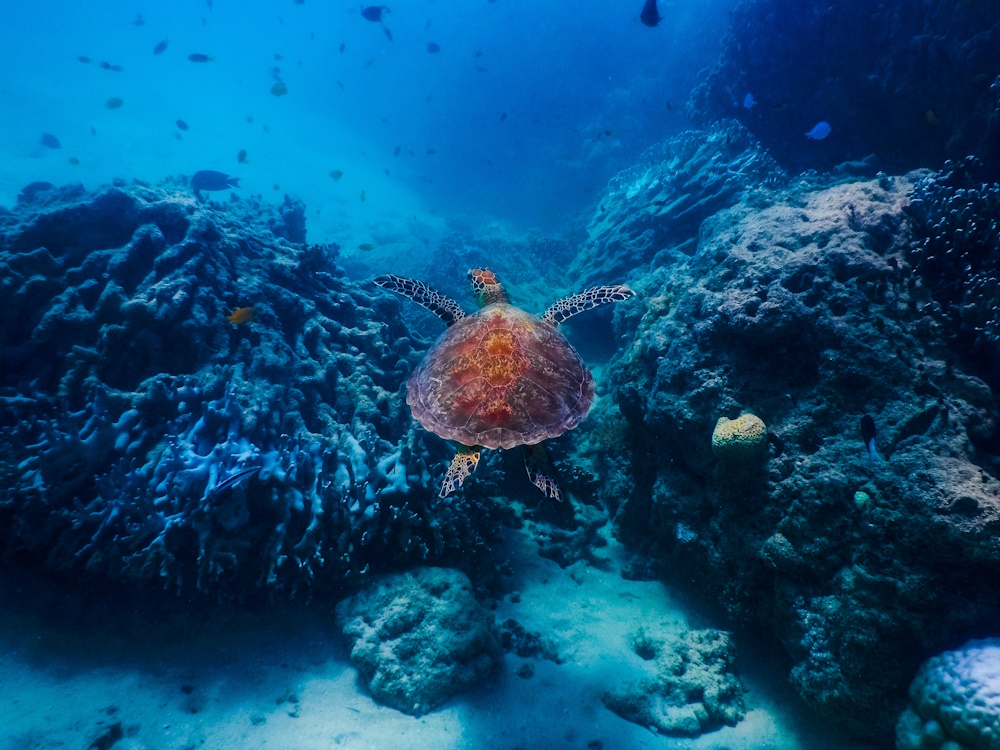
Shortlisted "Sea turtle rises above the rubble." by Victor Huertas. A green sea turtle (Chelonia mydas) glides over the remains of a coral reef near Lizard Island on the Great Barrier Reef. In recent years, coral reefs in this area have endured a major decline in coral cover and diversity due to the destructive effects of two cyclones, multiple outbreaks of coral-feeding starfish, and a devastating coral bleaching event in 2016. This photo was taken during a research field trip to Lizard Island in April 2017. It captures the aftermath of multiple disturbances on coral reefs, seen from the perspective of one of its iconic inhabitants. The stark contrast of this sea turtle swimming gently over the degraded reef beneath, however, is a powerful reminder of the resilience of endangered wildlife living in an ecosystem that is vanishing rapidly. Nikon Coolpix AW130.
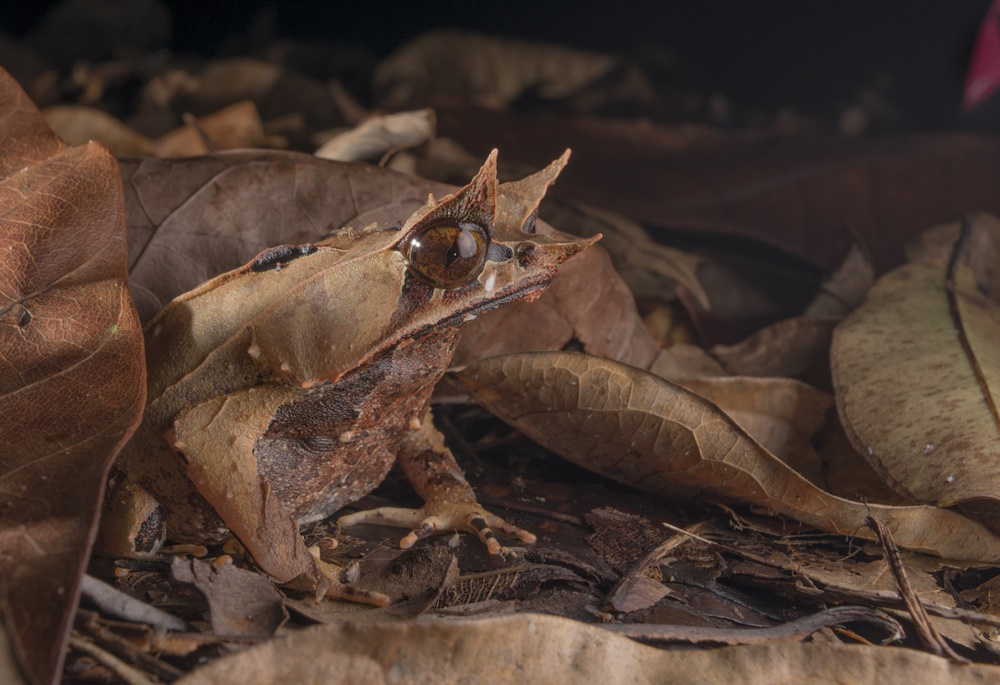
Shortlisted "Borneo Horned Frog." by Badiozaman Sulaiman. The Bornean horned frog (Megophrys nasuta) is elusive in its natural habitat. Having cryptic coloration and flat body construction, as well as pointed snout and eyelids, help the frog to blend in well with plant litter on the forest floor. This particular individual was photographed in Kubah National Park, Sarawak, Malaysian Borneo. Image was photographed using Nikon D3300 paired with A-FS 18-55mm Nikkor lens and two units of off-camera flash. The raw image file was edited in Adobe Photoshop CS6 to adjust brightness and contrast.
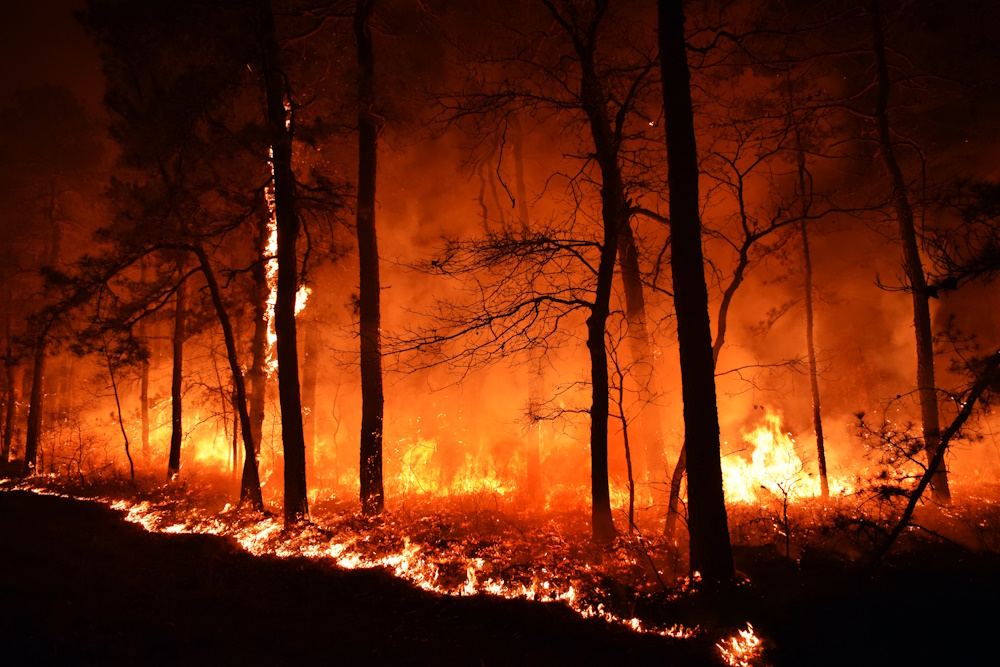
Shortlisted "Edge of an Inferno." by Mark Grosvenor. A forest fire stops abruptly as it reaches the firebreak in the New Jersey Pine Barrens, USA. The fire had moved through the forest relatively quickly, meaning that most trees would only sustain superficial damage as the fire did not have time to transfer heat deep into the trees. A couple of centimetres into the litter layer on the forest floor appeared untouched by fire. The line of flames along the edge is a flanking fire started by the Forest Fire Service. By starting a low intensity fire along the edge all the easily combustible fuel is removed. The one flaming tree in this photo was most likely dead, or dying, and the fire may have taken hold if it was missing bark or had a much lower moisture content.

